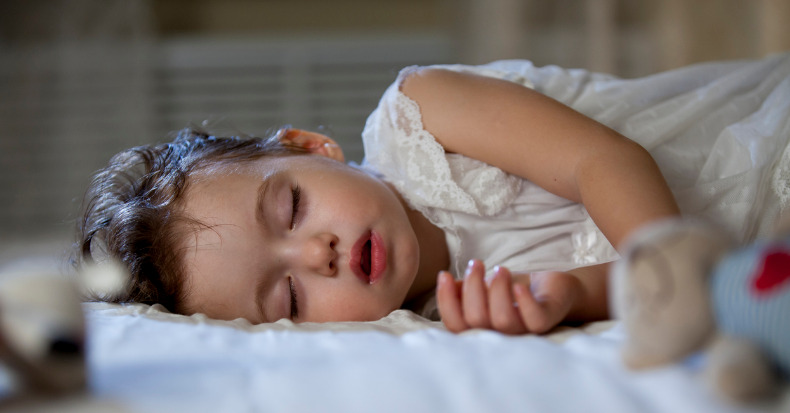For adults, whiplash injuries are typically associated with motor vehicle collisions, particularly from a rear-end impact that causes a rapid acceleration/deceleration of the head and neck. However, in the pediatric population, there are many other causes of head and neck trauma that caregivers and healthcare providers need to be on the lookout for as the outcomes can be life threatening.
The terms most commonly associated with head trauma in infants and young children include pediatric abusive head trauma (AHT), shaken baby syndrome (SBS), and whiplash shaken infant syndrome (WSIS). In fact, shaking, blunt impact, or the combination of the two can result in neurological injury and are considered the most dangerous and deadly form of child abuse. Because AHT typically involves injury to the brain of an infant or child younger than five years of age, severe injury can result in significant brain damage or even death. However, diagnosis can be challenging as often, the responsible individuals are evasive fearing repercussions and frequently blame a fall or some other form of accidental trauma. In addition, healthcare professionals may not recognize the signs due to the lack of obvious evidence of injury.
The data show that inconsolable crying is often a trigger for AHT, as shown in infant crying and AHT risk both peaking at six-to-eight weeks of age. (Of note, studies suggest that colicky babies may respond to gentle chiropractic care and could be explored if other treatments have failed to yield satisfactory results.)
Other causes of pediatric acquired traumatic brain injury also include motor vehicle accidents, sports-related injuries, blast injuries, falls, and assaults. Abusive head trauma or shaken baby syndrome often include a pattern of injuries that includes cerebral edema, subdural hematoma, and retinal hemorrhages. Other patterns to look for include multiple repeated brain injury, rib fractures, and fractures at the ends of long bones.
Child abuse affects all ethnicities and socioeconomic groups, and perpetrators can include both biological parents or stepparents, partners of either parent, and even babysitters. The solution to avoiding pediatric head trauma lies in caregiver education, access to mental healthcare services, and proper training for healthcare providers to recognize the signs and symptoms. Chiropractors may encounter SBS and like other healthcare providers, should be equally on alert for patterns of AHT/SBS.


